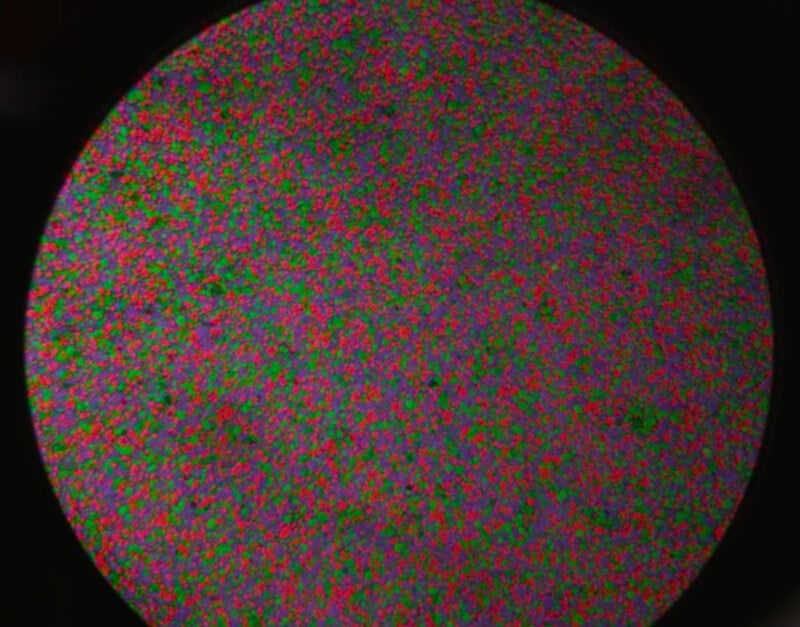Kolari Vision Takes ‘Potato Quality’ Photography to New Heights
Mean-spirited netizens refer to poor-quality photos as “potato quality,” implying that the derided photographer used a potato instead of a camera. Kolari Vision wondered, “What would happen if a photographer really did use a potato, though?”
To find out, the team set off on a journey that took them beyond the produce section of the local greengrocer and to Grand Rapids, Michigan, where Kolari teamed up with autochromist and expert analog photographer Jon Hilty.
![]()
![]()
The goal was to build a 100 percent potato camera with a potato lens. Beyond the camera and lens, there must be a means of recording images. Potatoes can achieve this feat, too.
![]()
The autochrome process, invented in the early 20th century, uses microscopic red, green, and blue-colored potato starch grains to record color plate images. Light passes through the potato starch grains on top of the autochrome plate, which produces full-color positive transparencies. The Science and Media Museum explains the autochrome process in excellent detail.

“Throughout the project, we experienced many fumbles and laughs, disappointments and triumphs. Some of our attempts were successful, while others fell short. However, we never gave up. We believed in our project and in the power of potatoes,” says Kolari Vision.
Ultimately, the team proved the photographic power of potatoes. “We were able to create true potato-quality photographs that were unlike anything else in the world,” Kolari says. The starchy shots capture the “charming quality” of the potato.
![]()
Despite being April Fool’s, and the internet joke origins of a potato camera, the camera itself is authentic, and Jon Hilty’s expertise is incredible.
The project also brings attention to the autochrome photographic process, which was an extremely impressive development in the history of photography, and based on Hilty’s work, still clearly a powerful means of artistic expression.

Beyond autochrome photography, Hilty works with other distinct and experimental analog processes, including wet plates, gum bichromate and cyanotypes, bromoil, pinhole, Lippmann plates, Daguerreotypes, and more.
For readers inspired by the potato camera, Hilty wrote an exhaustive three-part tutorial that will teach photographers everything they need to know to make autochrome prints, potato not included.
Image credits: Kolari Vision and Jon Hilty